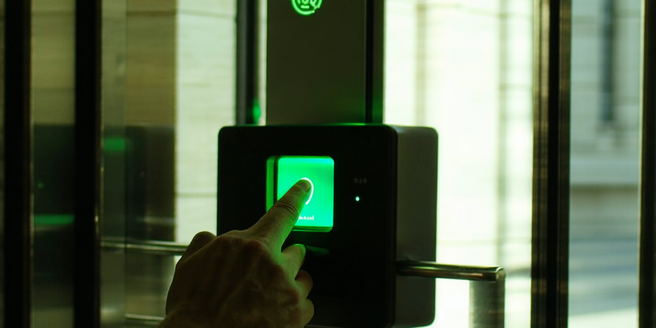Biometric Security Measures

Introduction to Biometric Security Technologies
Biometric security technologies are revolutionizing the way we protect our data and secure access to sensitive areas. Unlike traditional methods such as passwords or keys, biometrics rely on unique biological traits. These can include fingerprints, facial patterns, or iris structures. The primary advantage of biometric systems is their ability to offer enhanced security by being incredibly difficult to imitate. As technology advances, the accuracy and affordability of biometric systems increase, making them an attractive option for businesses and consumers alike. However, the implementation of these systems raises important considerations around privacy and data protection. Organizations must carefully evaluate the potential risks and ensure compliance with regulatory standards. As we move into an increasingly digital age, the role of biometrics in security will continue to grow, providing new opportunities and challenges.
How Fingerprint Scanning Works
Fingerprint scanning is a biometric method that has become widely adopted for various security applications, from unlocking smartphones to secure building access. This technology functions by capturing the unique ridges and valleys in a person’s fingerprint using sensors. Once captured, the fingerprint is converted into a digital template, which is then stored or compared against existing templates in a database. The process of matching fingerprints involves a comparison and analysis of unique patterns to ensure accurate identification. Fingerprint scanning is favored because of its ease of use and relatively low cost. However, it requires maintaining high-quality sensors and ensuring that environmental factors, such as dirt or moisture, do not interfere with the quality of the scan. Despite these challenges, fingerprint scanning remains a reliable method for personal identification and security.
The Role of Facial Recognition in Security
Facial recognition technology is playing an increasingly significant role in security systems globally. This technology operates by capturing an image of a person’s face and analyzing various features such as distance between the eyes and the shape of the cheekbones. These measurements are then translated into a unique facial signature and matched against stored data. Given its non-intrusive nature, facial recognition provides a seamless security experience, making it highly suitable for public spaces and surveillance. However, concerns over privacy and data protection have sparked debates about its widespread use. Regulatory frameworks are being developed to address these issues and ensure responsible deployment. As the technology improves, facial recognition is likely to become an even more essential tool in the security arsenal.
Iris Scanning: Pros and Cons
Iris scanning is a biometric technology that uses the unique patterns of the iris to identify individuals. It is known for its high accuracy, given that the iris structure is highly distinctive and remains stable over a person’s life. One significant advantage of this method is that it requires minimal contact, enhancing hygiene and user convenience. However, the technology also presents challenges, including high costs and potential discomfort caused by the need for users to precisely align their eyes with the scanner. Moreover, environmental factors like lighting can affect the reliability of the scans. As iris scanning technology continues to evolve, its application may become more widespread, balancing the acknowledged pros and cons, and leading to more secure identification methods.
Behavioral Biometrics: An Emerging Trend
Behavioral biometrics is an emerging security trend focusing on identifying individuals based on their unique behaviors rather than physical characteristics. This includes factors such as typing patterns, navigation habits, and other interactions with digital devices. The main advantage of this technology is its ability to continuously authenticate users, reducing the risk of unauthorized access. It is particularly beneficial in combating fraud in online transactions and enhancing cybersecurity by providing an additional layer of security. However, collecting and analyzing behavioral data raises significant privacy concerns, which must be carefully managed. As this technology matures, it promises to become an integral part of comprehensive security strategies, offering a dynamic and non-intrusive solution.
Challenges Facing Biometric Security Systems
Biometric security systems, while highly effective, face several challenges that must be addressed to ensure their successful deployment. One of the primary issues is the risk of data breaches, where sensitive biometric data can be exposed if proper security measures are not in place. Additionally, the accuracy of biometric systems can be affected by environmental conditions and the quality of the biometric readers used. There are also ethical and privacy concerns regarding the collection and storage of personal biometric information. Regulatory compliance is crucial to protect individuals’ rights and maintain trust in these systems. Organizations must focus on strengthening data protection protocols and transparency to overcome these challenges and leverage the full potential of biometric technologies in security applications.